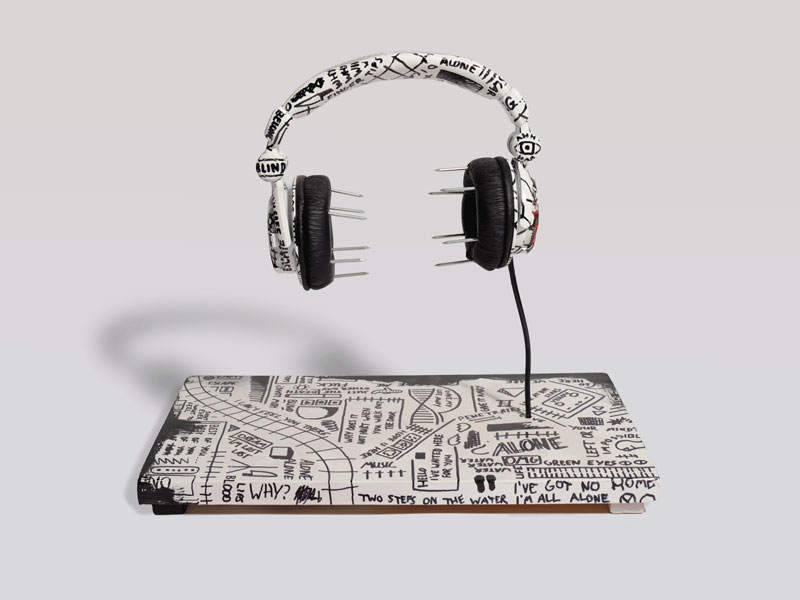Selection of Summer Art Work by Jonjo Keefe
Neurodegeneration
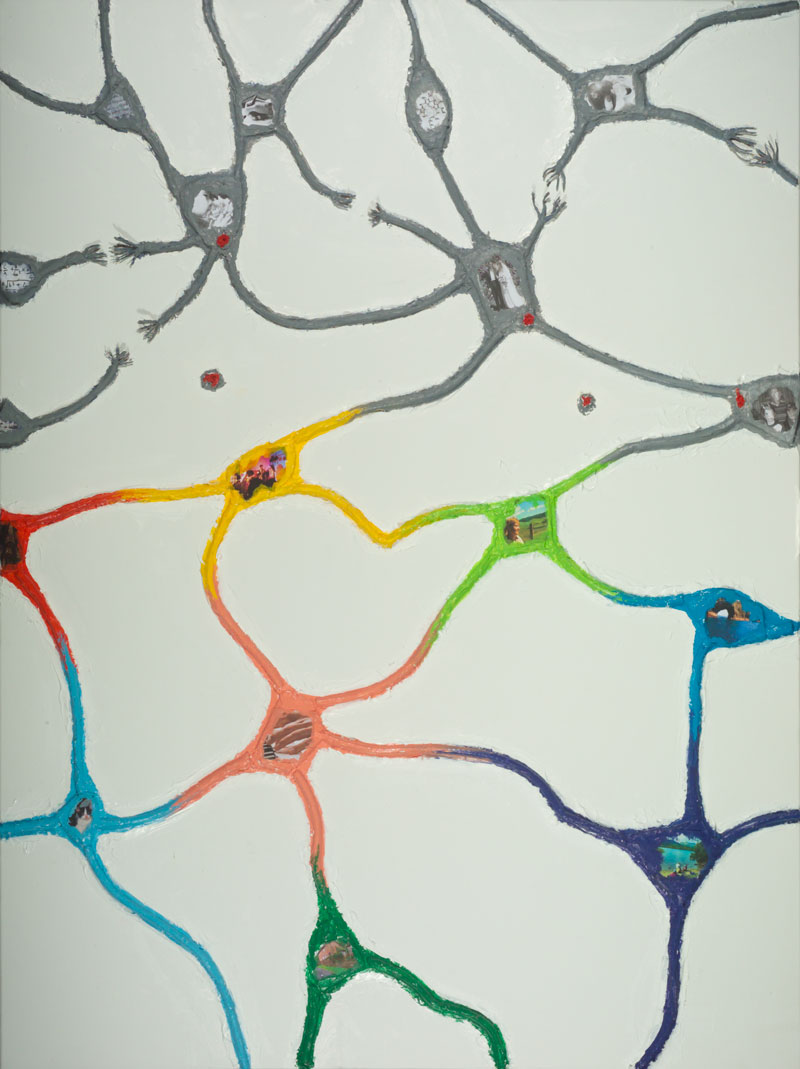
Loss of neural connections, accumulation of aggregated proteins in deposits (red) and loss of abilities to recall information or to perform simple tasks (see small pcitures) are all hallmarks of the neurodegenerative process taking place in the brains of patients with Alzheimer's, Huntington's and Parkinson's. Recent research suggests that aggregated proteins can move from one nueron to another as disease progresses.
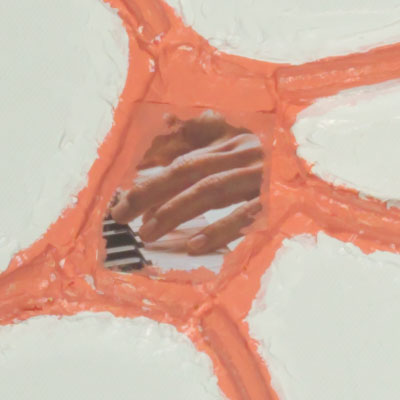 |
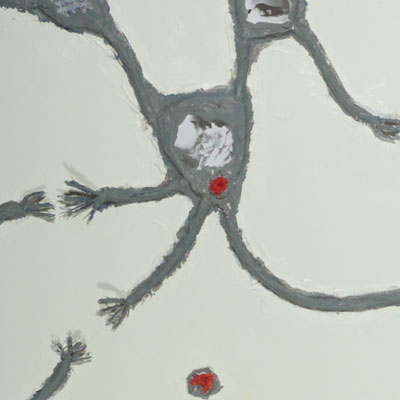 |
Infection
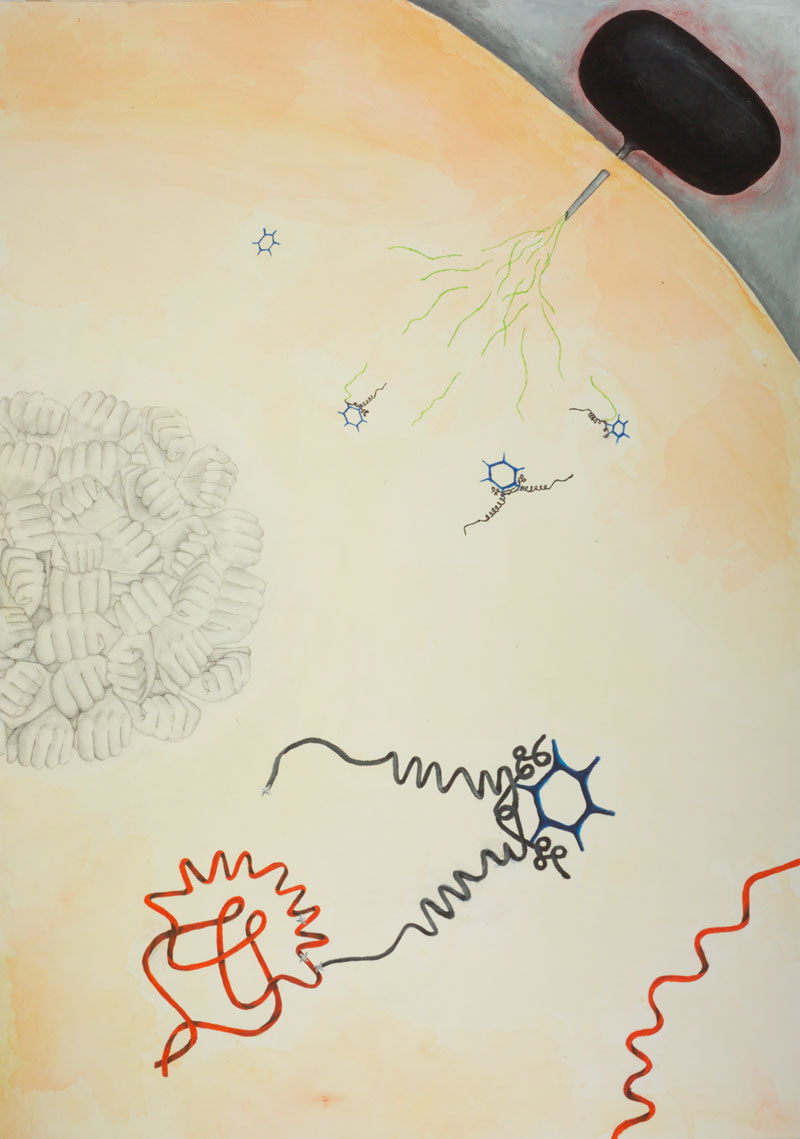
Music Penetrates the Mind
(exhibition entry by Jonjo Keefe, see 2009 gallery)
Used as artwork for a British Neuroscience Association bulletin article on "Music and the Brain" (pdf of article)
